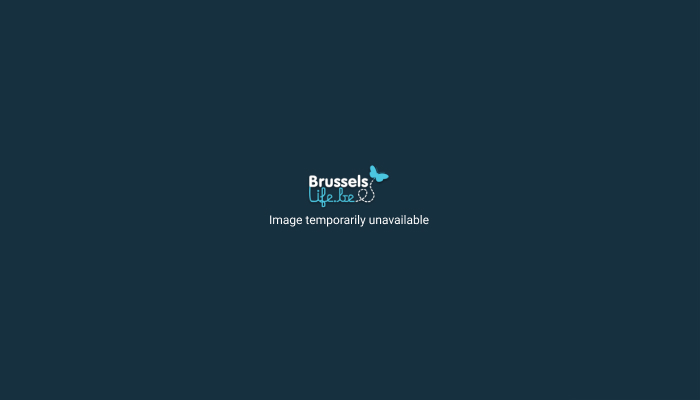Du tsar à l'empereur

Only works of art can measure the radical evolution of a country moving from
servitude to international exchanges, from work on precious metals to the
portrayal of naval victories, from women’s enclaves to the famous “assemblies”
that Peter the Great instituted, thereby setting a new type of society against
secular traditions, which were inconsiderate of women’s condition.
A
prestigious retrospective of His Majesty Lord Novgorod the Great, the oldest
town in Russia, will remind us how the ancient Moscovy took shape, until the
accession of Ivan VI, known as Ivan the Terrible. Only religious items
illustrate this epoch as religion governed the life of the population, as
demonstrated by admirable icons and cultural objects. Profane objects made of
precious metals, which can be traced to the ruling family from the engraved
inscriptions, and all the works denoting the power of the sovereign testify to
the advent of unity and Russian power.
After the controversial election
of Boris Godunov to the throne, and the Time of Troubles, during which
sovereigns and false sovereigns succeeded each other rapidly, calm returned to
the country with the election of Mikhail Romanov in 1613 as tsar of all Russia.
Moscow’s Golden Century witnessed the peaceful flourishing of refined art such
as the art of niellage or the enamels of the Stoganov schools and showed that,
for some, the opening to the West was already a reality.
Peter I, known as Peter the Great, founded the town of St. Petersburg in
1703. As it was both a military and commercial harbour, he made it his capital.
As an autodidact, scientist, archaeologist, builder, admirer of the Dutch way of
life, he was highly concerned with opening his country to Europe, which he knew
to be a necessity. To illustrate his numerous and uncommon interests, such as
anatomy, the exhibition will include a curiosity room.
His successors,
his daughter Elisabeth, then Catherine II, gave St. Petersburg its definitive
status of great European capital.
The richness of Russian museums, in Moscow
as well as in the Northern capital or the regions, makes possible an exhibition
of exceptional quality thanks to the works which will be displayed, some of
which have never left the country before.

Did you like this article?
Share it